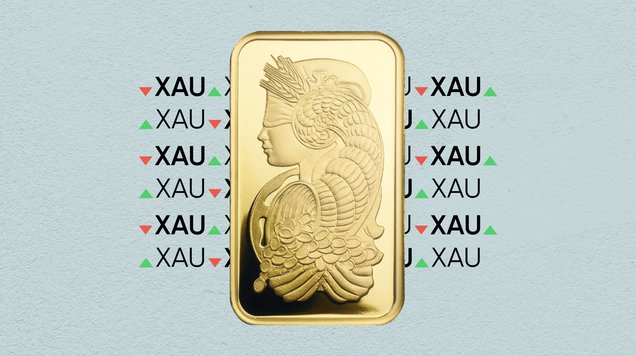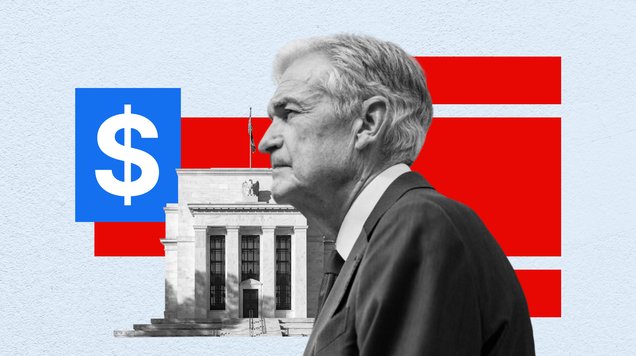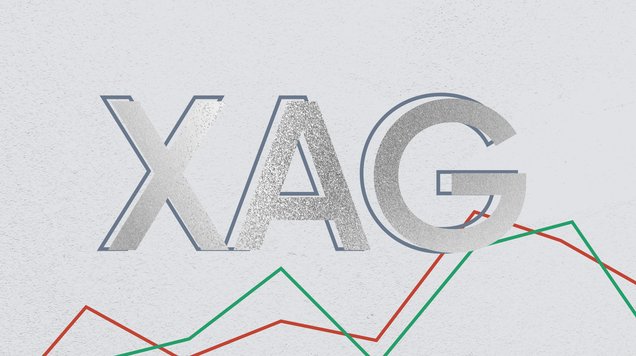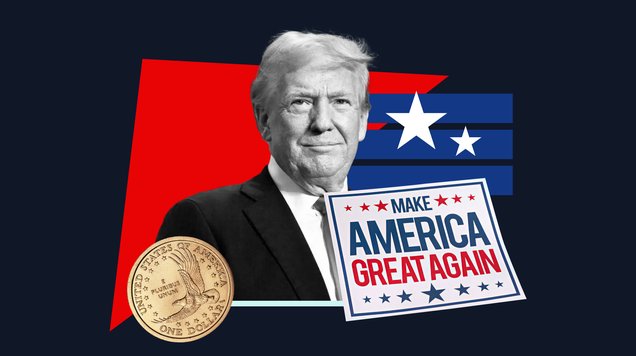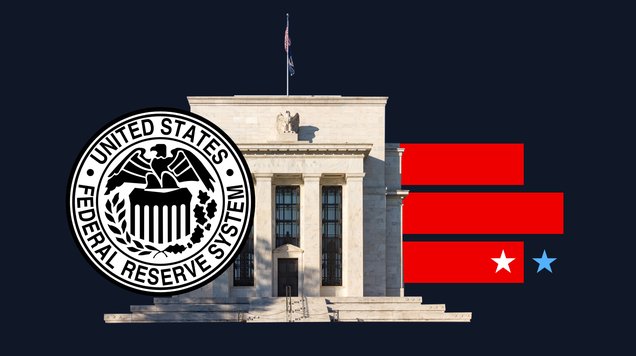US-China deal buys time, not certainty, for global trade stability
The U.S. and China are expected to extend their tariff truce and delay new restrictions at the Oct. 30 Trump-Xi summit. The limited deal may ease short-term tensions but leaves deeper trade and tech rivalries unresolved.
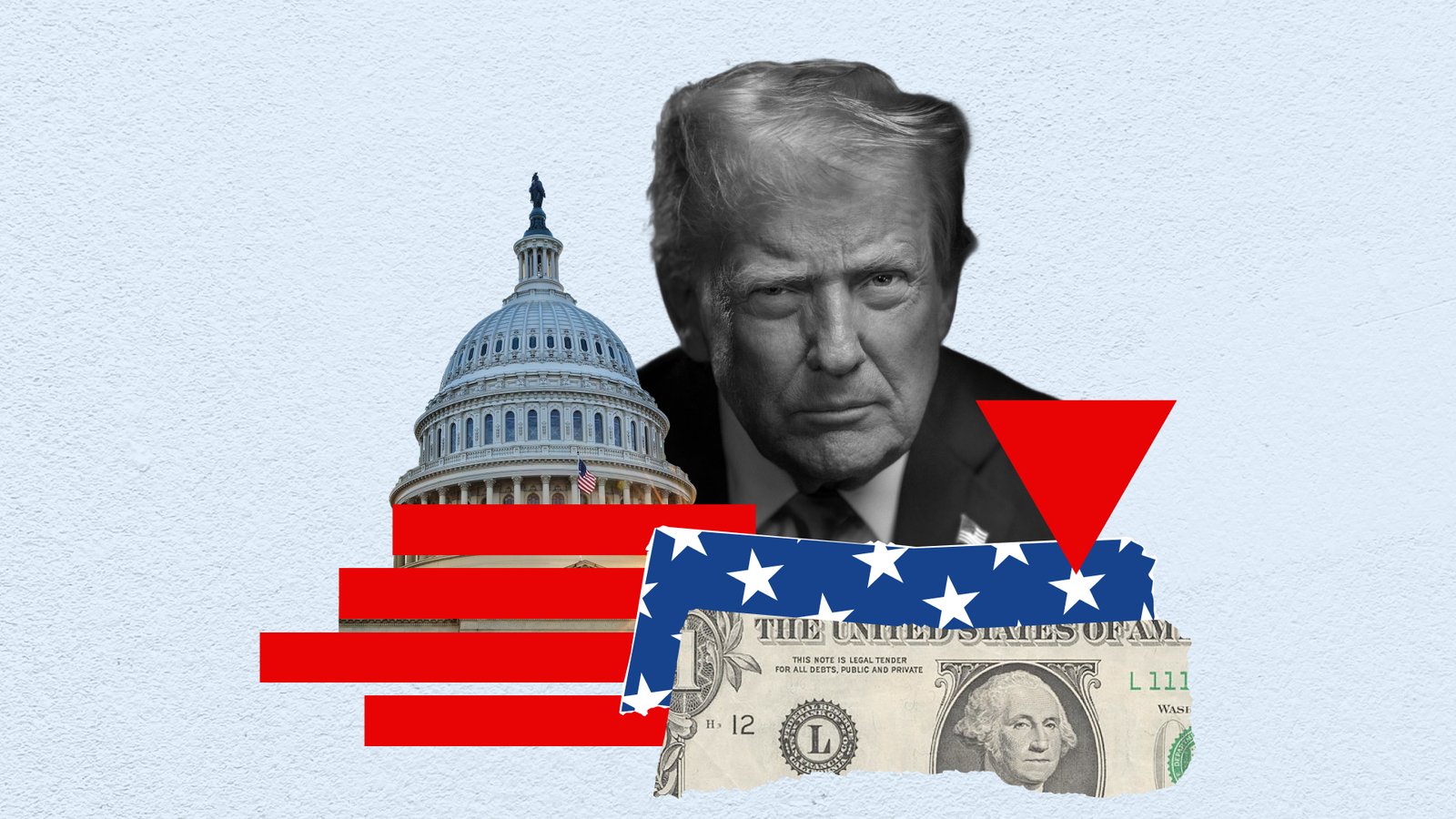
Trump and Xi expected to sign a limited trade deal in Seoul on Oct. 30.
China to postpone mineral export controls; U.S. to ease some tariff pressure.
The agreement would maintain average U.S. tariffs near 40% on Chinese goods.
Analysts see the move as a tactical pause, not a strategic resolution.
A fragile truce in a fragmented world
Negotiations between Chinese Vice Premier He Lifeng and U.S. Treasury Secretary Scott Bessent have produced a tentative framework to extend the current trade détente. While the final text remains under wraps, early outlines suggest a pragmatic exchange: continued access to Chinese minerals vital for Western industries, a revival of U.S. agricultural exports, and a pause on new tariff escalations.
For Beijing, the outcome offers breathing room. China would still face effective U.S. tariffs averaging around 40 percent — down from the threatened 100 percent — giving policymakers time to focus on reviving weak domestic demand and accelerating high-tech self-reliance. For Washington, keeping supply chains open for critical inputs like rare earths and lithium helps contain costs while sustaining political support in key farming states.
Trade politics over economic certainty
The prospective deal underscores a deeper truth about the modern trade landscape: global commerce has become less about efficiency and more about leverage. Both economies are using tariffs not simply as economic tools but as instruments of geopolitical strategy. Even if a temporary truce is signed, the structural distrust between the two nations will persist — especially over technology, intellectual property, and Taiwan.
Trump has hinted that the summit could include discussions over Taiwan, though sweeping policy concessions remain unlikely. The meeting’s symbolism may matter more than its content: a show of diplomacy amid a broader shift toward economic nationalism on both sides of the Pacific.
The ripple effect across Asia
Trump’s tour through Asia has already yielded preliminary trade arrangements with Cambodia, Malaysia, Thailand, and Vietnam. These early frameworks suggest the U.S. is seeking to deepen regional economic ties as a counterbalance to China’s dominance. Yet, for Southeast Asia, the costs could outweigh the benefits: marginal tariff exemptions may come with stricter strategic alignment demands, effectively drawing smaller economies into the gravitational pull of Washington’s trade orbit.
The broader implication is clear — the U.S. is building an adaptive network of trade allies, while China consolidates influence through its manufacturing scale and resource control. In this new order, middle economies must navigate a shifting maze of loyalties and dependencies.
The global tariff map reshaped
Since the onset of the Trump-era trade war, the average U.S. tariff rate has surged to nearly 16 percent — from just 2 percent in 2024. The emerging deal could stabilize that figure but will not roll it back to pre-conflict levels. Bloomberg Economics outlines three plausible future paths:
- A prolonged easing, where tariffs remain elevated but manageable.
- A coalition strategy, aligning the U.S. with allies to isolate China.
- A “Fortress North America” model, emphasizing continental supply chains and on-shoring.
For small open economies — particularly those dependent on global manufacturing or commodity exports — each scenario poses different survival challenges. The new trade geography rewards agility, not allegiance.
Latin America’s unexpected windfall
In a separate geopolitical ripple, Argentina’s recent midterm elections handed President Javier Milei’s La Libertad Avanza party a decisive win, sparking optimism in bond markets. U.S. backing has quietly strengthened Argentina’s near-term repayment capacity, while Washington’s intervention in the peso market — though unconventional — has delivered gains for the U.S. Treasury’s stabilization fund.
This alignment highlights how trade diplomacy increasingly overlaps with financial strategy: Washington is not merely negotiating tariffs but actively shaping regional monetary outcomes.
Europe’s chip ambitions face funding reality
Across the Atlantic, Europe’s semiconductor ambitions continue to lag behind its rhetoric. Despite a €43 billion CHIPS Act, only €3.3 billion comes directly from Brussels — the rest a patchwork of national subsidies and private capital. With no native leader in advanced logic or memory chips, Europe remains reliant on American and Asian manufacturers.
Yet its comparative strength lies elsewhere: specialized machinery, power semiconductors, and integration into Western supply chains. For now, Europe’s best strategy is not to replicate Silicon Valley or Shenzhen but to become indispensable to both.
A pause, not a peace
The upcoming Trump-Xi summit is less a turning point than a timeout. A limited deal will temporarily stabilize trade flows but will not rebuild trust or rewrite the global trade order. The deeper transformation — toward strategic fragmentation and regionalized supply chains — continues unabated.
In short, the world may get a breather, not a breakthrough. The United States and China have learned to manage confrontation — but not yet to escape it.


